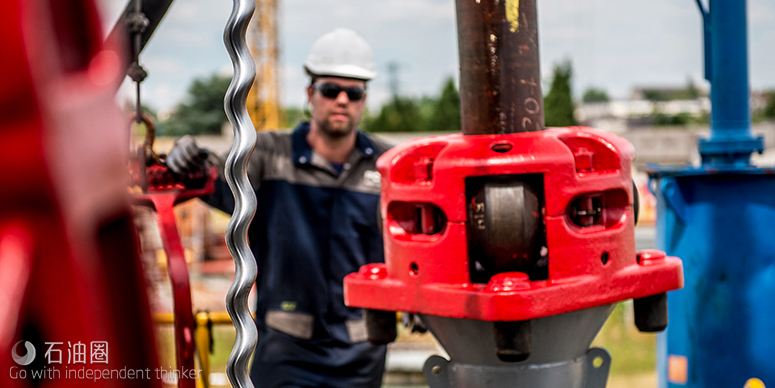Some people think artificial lift optimization is an art. At Artificial Lift Performance, we believe it’s a science – a cool-headed, automated analysis of the data you’re getting from your pumps and wells.
Unfortunately several problems made that difficult, time-consuming and expensive. Until now.
Each ESP manufacturer has its own proprietary monitoring system. That means oil company engineers have to learn multiple systems to view their wells. In reality, these systems only graph individual pumps’ real-time data, so every well screen has to be viewed. If you’re running a field with lots of pumps, many get missed or are examined infrequently. And proprietary monitoring systems don’t analyse performance or identify pump or reservoir problems. So operators have been forced to be content if their ESPs are simply running. Then they simply react too late to failures.
What’s needed is a system that brings all data together in a one-world view; highlights pump problems; helps predict impending failure; identifies wells with extra production opportunities; and allows proactive management of ESPs.
That’s what Artificial Lift Performance’s Pump Checker does – and a lot more.
PUMP CHECKER WORKFLOW
OVERVIEW
First, Pump Checker integrates the data from real-time and static data sources onto a single platform, so that all the data you need is one place. You can host the system on your own server or the Cloud. It’s plug and play, so installation is easy.
Then it rearranges the data from all the sources to give a standard presentation for each pump and well. That means engineers need only be trained on one system, which saves training costs, reduces the chance of misanalysis and makes diagnosis a lot simpler and faster. More importantly, it means that every single production test is automatically analysed – work that would previously have been impossible.
At the same time, it integrates all pump and well information, in real time, so the data on screen is truly comprehensive.
Crucially, Pump Checker separates pump problems from reservoir problems. That allows the system categorically to identify and highlight pump degradation, sometimes even when the pump is new. Not only do we help you identify pump problems, we have a complete workflow to help you analyse pump failure causes and evolve your equipment specification, resulting in extended pump runlife.
OUTCOMES
The first thing you need to know is how many barrels of oil you are short of the expected amount and whether the missing oil is because of a degraded pump or a reservoir inflow problem. Pump Checker shows you. It provides workflows and exception reporting to rank pumps by (non-) performance and problems.
As a result, engineers can concentrate on problem pumps rather than wasting time checking working wells. You no longer search for problems – they come to you, whether the issue is a broken shaft, plugged intake, pump wear or internal deposition.
The time taken by an expert production engineer to analyse a single well for a single test can be up to seven hours, or roughly a working day. Pump Checker slices that time down to seconds – and because the process is automated, any production engineer can deal with the results.
Pump Checker’s monitoring is constant, so when an ESP starts to degrade, it will be flagged and highlighted over time. It’ll give you a heads up on the precise time that it becomes cheaper to replace an ESP than to allow it to run to destruction.
PUMP CHECKER ANALYSIS SCREEN
Having all your AL data in one spot is a great idea. Right now I have to go into LOWIS, EWF, State Sites, our internal “O” drive, and contact the pump shop to double and triple check what is actually down hole. This results in hours of “waste”.
Production Engineer, Rocky Montains.
Pump Checker is also completely scalable. It’ll work on a single pump or thousands, with all the same benefits. We price per well, so there’s no barrier to entry for smaller operators.
At a time when oil prices are low, every lost barrel is critical. At $40 a barrel, being short of just 100 barrels a day means $1.5 million in lost revenue over a year.
RESULTS
One operator is installing Pump Checker across 2,000 ESPs. During the first few days of monitoring a limited number of pumps, Pump Checker spotted faults in four wells with an opportunity to increase production by 705bpd – that’s more than $10 million in annual revenue.
Another operator has just 11 wells, all monitored by Pump Checker. One new well had very low production, which the pump vendor said was a reservoir inflow problem. Pump Checker’s analysis showed categorically that the low production was because of the ESP. The pump was replaced, with an instant increase of 821bpd.
PUMP CHECKER ALERTS HIGHLIGHTED
FAILURE STATISTICS DASHBOARD
PUMP CHECKER AT A GLANCE



 石油圈
石油圈


